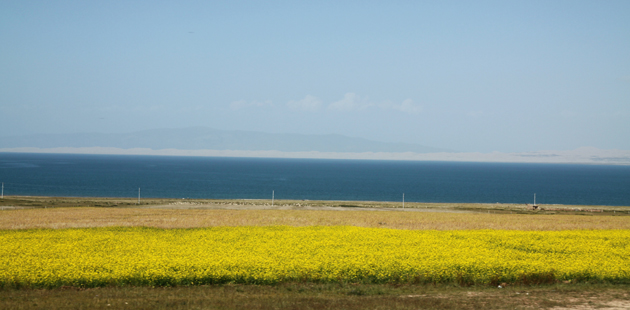 |
|
Mir insignia. [Photo/Agencies]
|
Mir was a Soviet and later Russian space station, operational in low Earth orbit from 1986 to 2001. With a greater mass than that of any previous space station, Mir was the first of the third generation of space stations, constructed from 1986 to 1996 with a modular design, and the largest artificial satellite orbiting the Earth until its deorbit on 21 March 2001, a record now surpassed by the International Space Station (ISS). Mir served as a microgravity research laboratory in which crews conducted experiments in biology, human biology, physics, astronomy, meteorology and spacecraft systems in order to develop technologies required for the permanent occupation of space.
The station was the first consistently inhabited long-term research station in space and was operated by a series of long-duration crews. The Mir programme held the record for the longest uninterrupted human presence in space, 3,644 days, until 23 October 2010 when it was surpassed by the ISS, and it currently holds the record for the longest single human spaceflight, of Valeri Polyakov at 437 days 18 hours. Mir was occupied for a total of twelve and a half years of its fifteen-year lifespan, having the capacity to support a resident crew of three, and larger crews for short-term visits.














